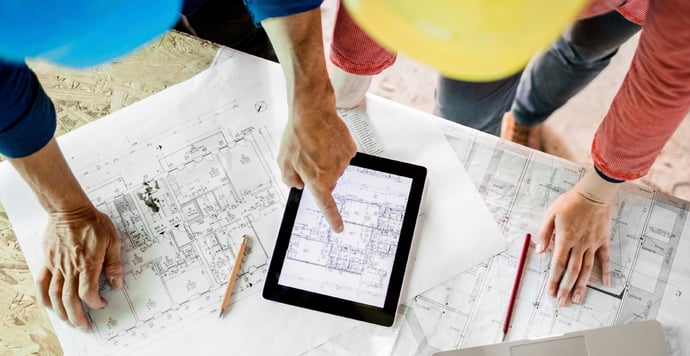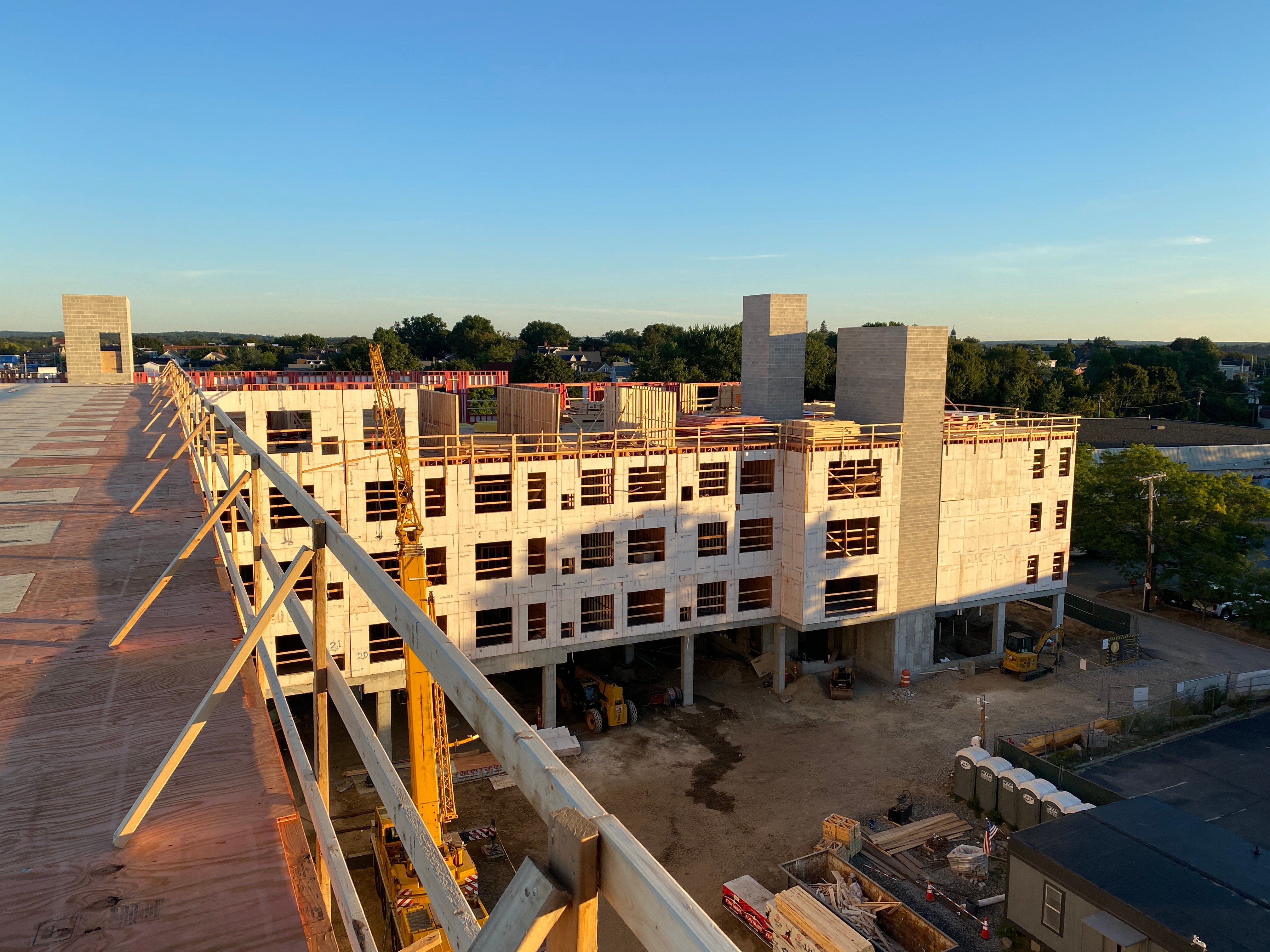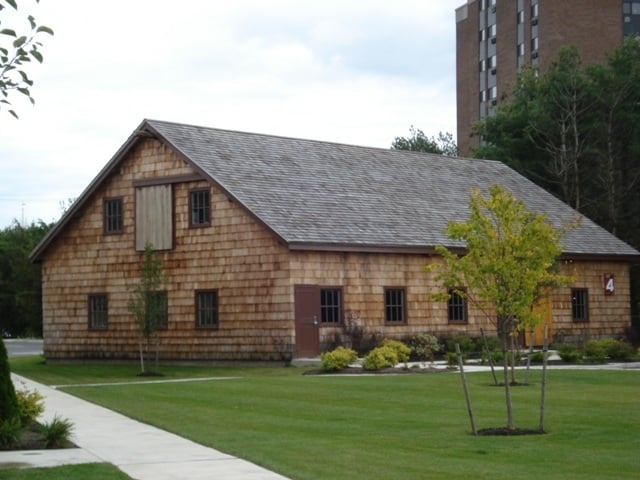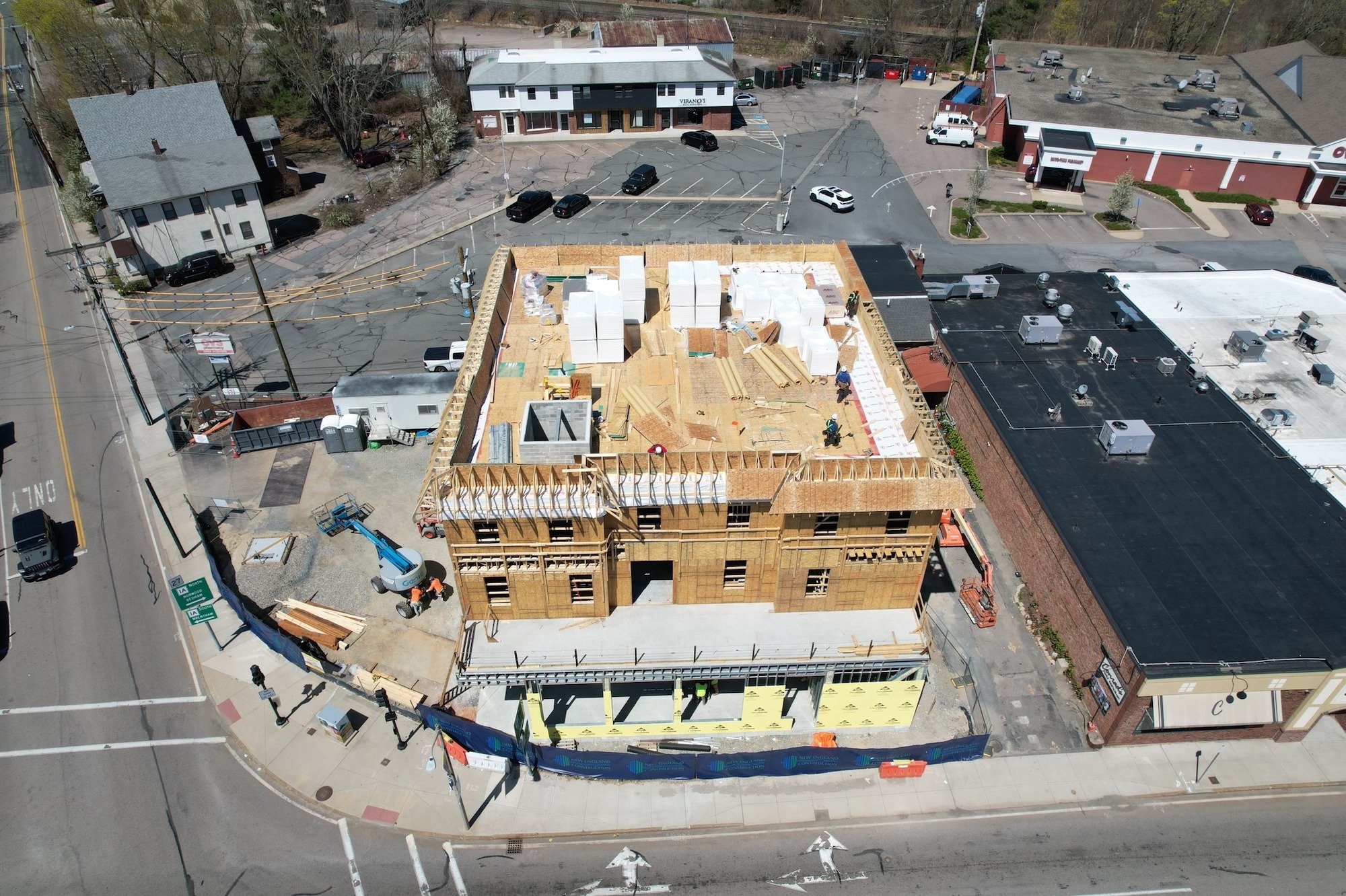
What is a delivery system?
A delivery system is a method to undertake or deliver a construction project. The most popular delivery systems include design-bid-build, design-build and construction management. We will discuss all three methods to give you some insight as to which delivery system might work for you.
Design-Bid-Build
Design-bid-build is the most traditional of the three approaches. Under this system, the owner hires an architect to plan and design their project. The architect will work with you to determine your needs and prepare detailed plans and bid documents that will define the required scope of work in great detail. Three or more contractors are selected and asked to bid on the project.
The lowest bidder is usually selected and they build the project. The architect will represent you and help monitor the work to make sure the project is built according to the plans and specifications. A good architect and a good builder are essential to making the project a success using this approach.
Advantages
- You will get three or more prices for your project
- If the plans are of high quality, and the low bidder is a quality builder, you will usually get what you expected.
- With the help of a good attorney, you can negotiate a favorable contract.
Disadvantages
- More risk for the owner
- Sets up adversarial relationship between builder and owner
- Price is emphasized, not quality
- Entire process will take longer than other methods
- Very difficult to “fast-track”
- Subject to numerous cost increases
- Cost of the project is not known until bids come in
- Highest design fees
Design-Build
True design-build, also known as single-source responsibility, is the combination of design and construction expertise within the same firm. The design builder takes on full responsibility for the planning, design and construction of the project. The design builder is selected based on their reputation, design and construction ability and experience.
This is a team approach where there is a full integration of the design and construction components of a project. In this approach, the project budget is the first key decision made by the owner. Working within the project budget, the owner’s needs are translated into the building project through planning and design. Throughout the design process, the owner has the opportunity to control the budget by making informed decisions on the project scope, features and finishes based on their costs.
The collaboration of design and construction expertise is employed to emphasize those features that truly add value to the project for the owner. A good design-builder will design cost out of a project by eliminating or de-emphasizing those features that do not add value. Under the design-build approach, the design-builder will guarantee the cost of the project at the agreed upon budget.
Advantages
- Open, non-adversarial team approach
- Project budget is determined and controlled by the owner
- Single source responsibility for design and construction
- Lower cost than design-bid-build*
- 20 to 30% faster than design-bid-build*
- Lower risk for the owner and the builder
- Less time commitment for the owner
- Project can be “fast-tracked”
- Lowest design costs
- Minimizes change orders
- Relies on the character and ability of the selected design-builder
- Not for those who need several bids to feel that they got a “good price”
- Not for those who have the capability to lead the project and be their own general contractor
- Not for those who are more comfortable with an “arms-length”, or more adversarial relationship
Construction Management
Construction management is similar to design-bid-build in the design phase of the project in that you hire an architect to design the project. At the same time that you hire an architect, you will also select a construction manager. A construction manager will represent you during the design and construction phases of the project. During the design phase, they will help the architect develop early cost estimates to prepare a project budget. They may also make suggestions to the architect to try to save on costs.
During the construction phase of the project, the construction manager will solicit bids from qualified subcontractors and material suppliers to perform the work. They will charge you a fee as a percentage of the total cost of the work to supervise and manage the project. In addition, you will pay the construction manager for their management costs during the project.
These costs are known as general conditions and include project management, administration and supervision, casual labor and other miscellaneous costs. The costs for the project will be accounted for on an “open book” basis and reported back to the owner. Under the traditional approach, the total cost of the project is not guaranteed by the construction manager.
Construction management can also be done “at risk” where the total cost of the project will be guaranteed in return for a higher fee. A highly competent and experienced construction manager and architect are essential for success using this approach.
Advantages
- Early development of project budget
- Cost saving suggestions made to the architect
- Construction management fee established up front
- Lower project costs than design-bid-build*
- Usually faster than design-bid-build*
- Non-adversarial approach
- Project can be “fast-tracked”
Disadvantages
- Slightly higher design costs (less than Design-Bid-Build, but more than Design-Build)
- Multiple players to select and deal with – architect and construction manager
- You may have to lead the team
- You may have to mediate between the architect and the construction manager
All of the aforementioned delivery systems have different levels of risk and reward. Working with your team to evaluate the right system for a particular job or jobs is essential for retaining the maximum profits.
* A 1999 Penn State University study found design-build to be 23 to 33 percent faster and 4.5 to 6 percent less costly than design-bid-build.




